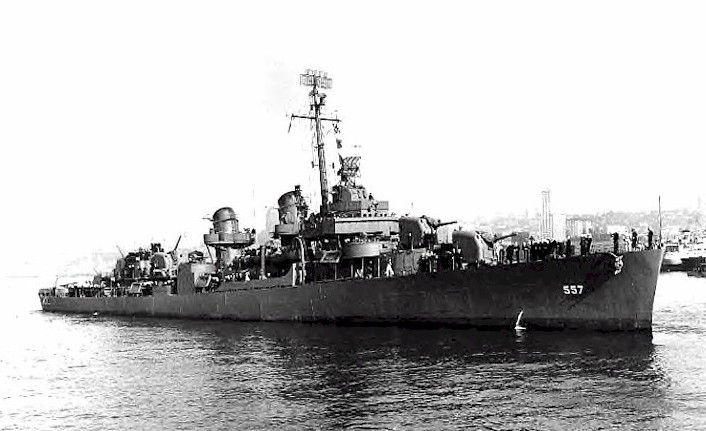“This will be a fight against overwhelming odds from which survival cannot be expected. We will do what damage we can.”
These were reportedly the words of Commander Ernest Edwin Evans in the early hours of October 25, 1944. Just when the sky over the Pacific slowly welcomed the rays of the budding dawn, Evans and his task unit Taffy 3 would find themselves endangered and outnumbered, face to face with a more powerful force.
Sailing on a collision course towards them was a fleet of several Japanese battleships, destroyers, heavy cruisers, and light cruisers. And among this hostile fleet was the monstrous Japanese battleship Yamato—the largest and the most heavily armed battleship in naval history.
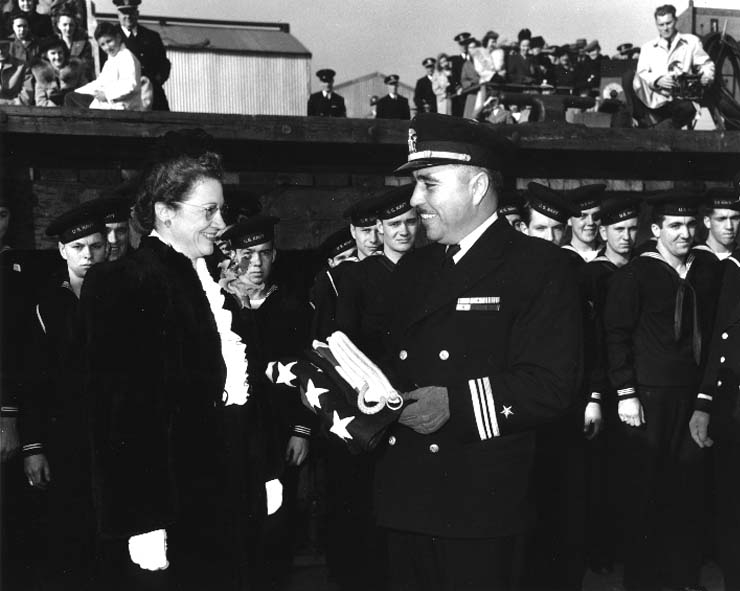
As this fierce-looking fleet sailed towards them, brimming with bad intentions, Evans and his group saw their doom looming above them like ominous clouds.
But this would be a time when courage trumped fear, and patriotism overshadowed the instincts of survival. As the small American group braced themselves against overwhelming odds, The Battle of Samar began.
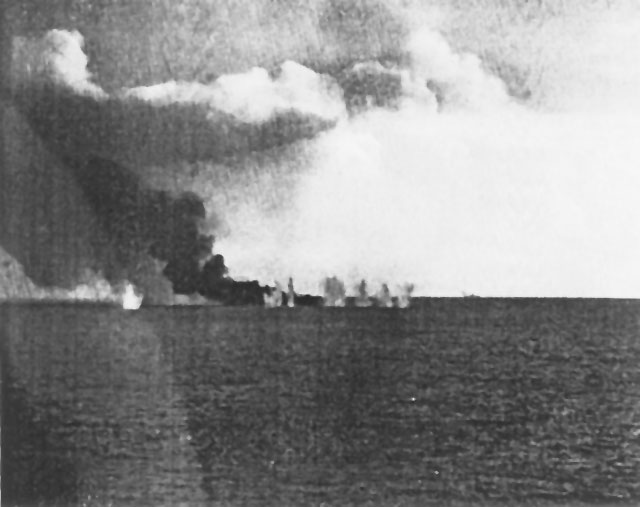
This would also be a heroic moment for Evans in particular as he led his ship with outstanding courage against what seemed like certain death. His patriotic sacrifice would earn him the most prestigious decoration of the United States’ military: the Medal of Honor.
Ernest E. Evans, born in Pawnee, Oklahoma on August 13, 1908, was a Native American with Cherokee and Creek blood running in his veins. He joined the U.S. Navy on May 26, 1926, and after one year of service in the enlisted ranks he received an appointment to the U.S. Naval Academy.
Following his graduation from the Academy in June 1931, Evans spent one year at the Naval Air Station, San Diego, California and afterward consecutively served aboard the USS Colorado, USS Roper, and USS Rathburne until August 1933.
He subsequently served for six months at the Naval Air Station in Pensacola, Florida. Following this, he served as Aviation Gunnery Observer for Scouting Squadron 9 aboard the cruiser USS Pensacola until April 15, 1937. The next six years would have him serving successively aboard USS Chaumont, USS Cahokia, USS Black Hawk, and USS Alden.
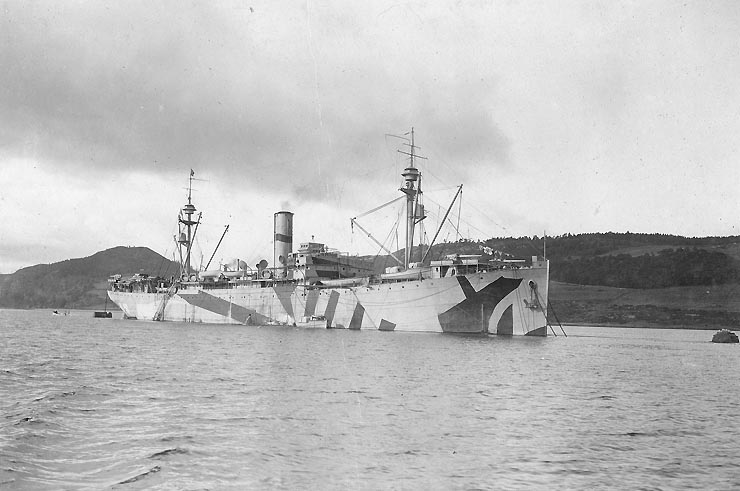
On December 7, 1941, more than two thousand American sailors died during the bombing of Pearl Harbor by the Japanese. This would precipitate the official involvement of the United States in World War II.
At the time of the event at Pearl Harbor, Evans was serving aboard Alden. As the United States officially joined the war, Evans continued to serve aboard Alden, taking command of the ship in 1942.
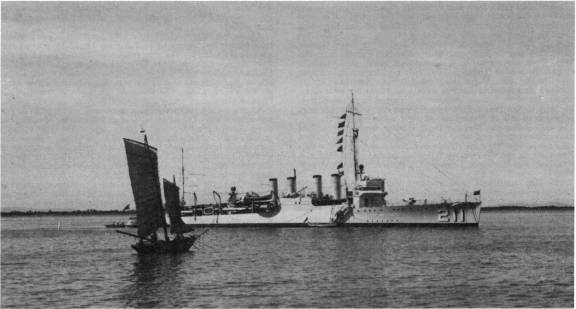
On October 27, 1943, the U.S. Navy commissioned the destroyer USS Johnston. That day Evans, having left Alden as a lieutenant commander, took command of Johnston.
He became the first, and indeed the last commander of the new destroyer, for the Battle of Samar would occur on October 25, 1944, just two days before the one-year mark of Johnston’s service.
Evans and his crew had been assigned to the U.S. Navy Task Unit 77.4.3, otherwise known as Taffy 3. This unit comprised six escort carriers, three destroyers, four destroyer escorts, and over a hundred aircraft. Taffy 3 alongside Taffy 1 and 2 had been formed for the long-awaited Battle of the Philippines.
The mission of Taffy 3 included launching ground attack aircraft from the north Leyte Gulf in order to establish air superiority and support infantry assault groups. The destroyers were tasked with protecting the beachhead and the escort carriers against submarine and aircraft attacks.
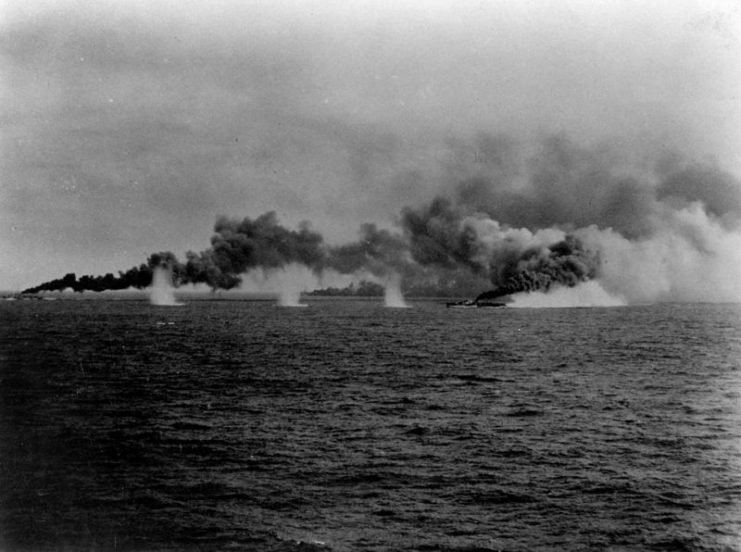
In the early hours of October 25, a patrolling aviator saw what he expected to be a group of ships from Admiral Hasley’s 3rd Fleet. But upon taking a closer look, the pilot realized that what was steaming towards Taffy 3 was the Japanese Center Force, and leading this enormous fleet was the gigantic Yamato.
Yamato had a displacement of over 70,000 tons. This was more than the displacement of all of Taffy 3’s ships combined. Alongside Yamato were six heavy cruisers, two light cruisers, four battleships, and about ten destroyers.
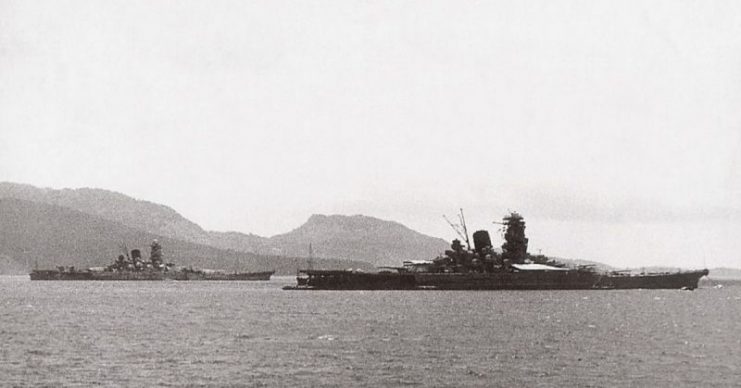
The three Fletcher-class destroyers of Taffy 3 had very light armor which was why sailors referred to them as “Tin Cans.” These Tin Cans stood very little chance against the various 18, 16, 14, 8, and 6-inch guns of the Japanese ships.
The best guns the Fletcher-class destroyers had were 5-inch guns, and these were not strong enough to damage armored ships. The only effective weapons they had against these Japanese battleships and cruisers were their 21-inch Mark-15 torpedoes.
Clearly, Taffy 3 was hopelessly outmatched.
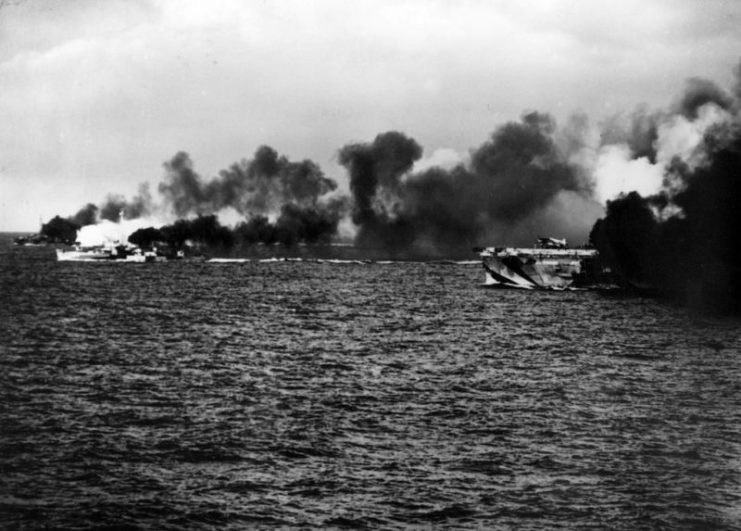
The escort carriers were at risk, and with the Japanese force swiftly approaching, the beachhead was about to be devastated. The relatively tiny Taffy 3 was all there was between the Japanese and a successful annihilation of the invasion forces.
Within minutes of the report, Yamato launched the first strike, and thus began the Battle of Samar.
Seeing the shells that bracketed the group’s carriers, Evans quickly ordered his crew to set up a protective smokescreen. Because they were too far away to return fire, Evans ordered his ship to go at flank speed towards the enemy fleet, zigzagging his way through a hail of shells from the Japanese battleships.
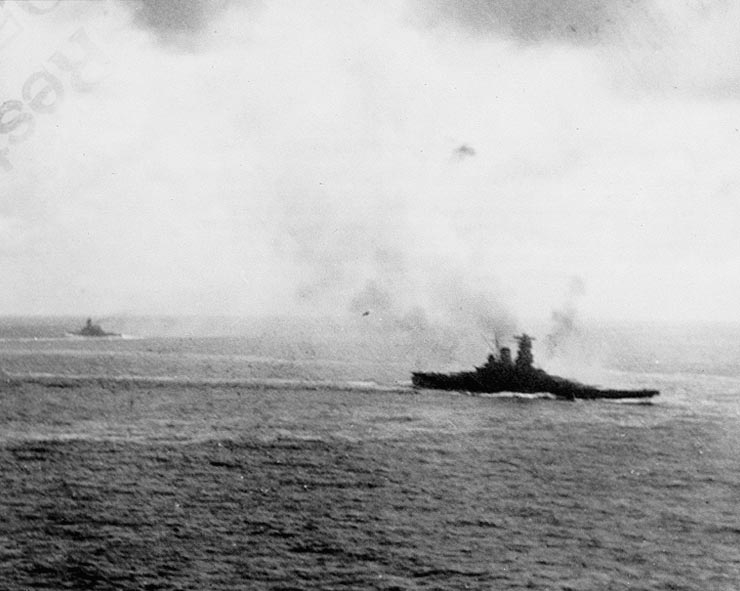
When Johnston came close enough to strike, Evans’ crew unleashed over two hundred shells and fired all 10 torpedoes. The torpedoes hit a number of Japanese battleships and cruisers, with Kumano suffering the worst hit.
However, as Evans brought serious trouble to the Japanese, he also made himself a critical target. Several shells scored hits on Johnston, causing serious damages and casualties. Evans was seriously wounded, too.
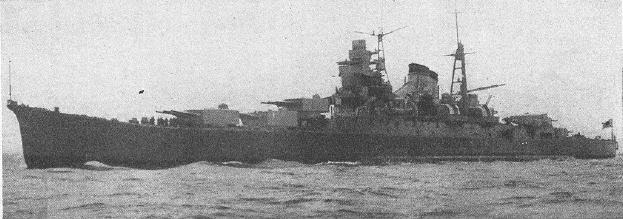
Despite the fact that his ship was now limping on one boiler, Evans continued engaging the enemy force in a bid to help protect the escort carriers. By now, Evans was shouting orders through an open hatch to his men who were turning the rudder manually.
He continued to make runs between the Japanese destroyers, making them think he still had torpedoes. The Japanese destroyers broke out of the range of Johnston’s guns and launched torpedo strikes, but none of these torpedoes scored a hit.
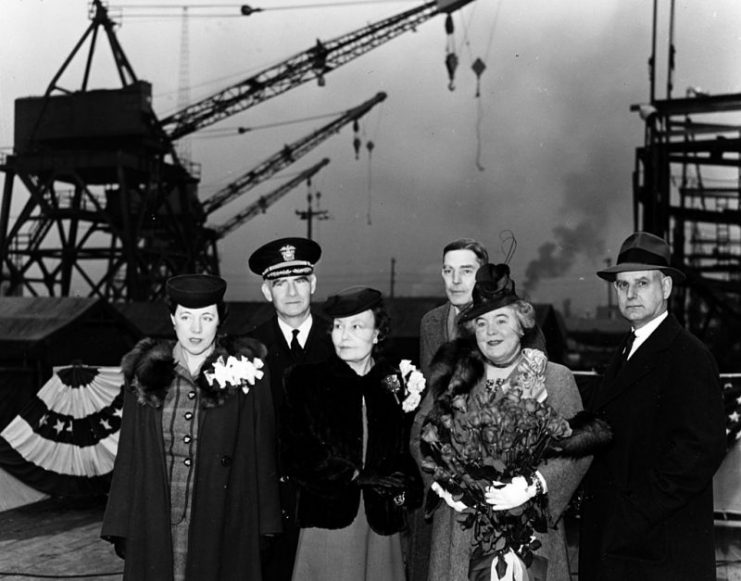
However, Evan’s ship had been mortally mangled by the fierce enemy fire during the battle. Seeing there was no way Johnston would survive, Evans ordered everyone to abandon the ship.
The Battle of Samar would end after over two hours, with the Japanese Center Force ultimately failing to achieve their aim.
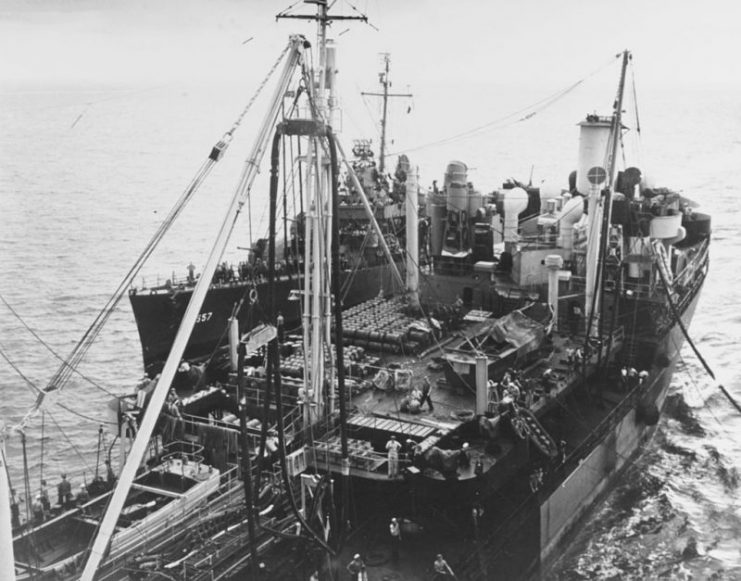
The U.S. Navy destroyer USS Johnston (DD-557) refueling from the fleet oiler USS Millicoma (AO-73)
Read another story from us: Fascinating Images of The Battle of Leyte Gulf
Only 141 out of 327 members of Evan’s crew survived after Johnston sank. Evans himself was never found. Initially his fate was considered inconclusive because his body was not found among the dead, but the U.S. Navy eventually declared him dead as well.
The Battle of Samar is remembered for the passionate show of courage and patriotism by the sailors who fought so valiantly for the love of America. And for his courage, brilliance, and sacrifice, Evans received a posthumous decoration of the Medal of Honor.
